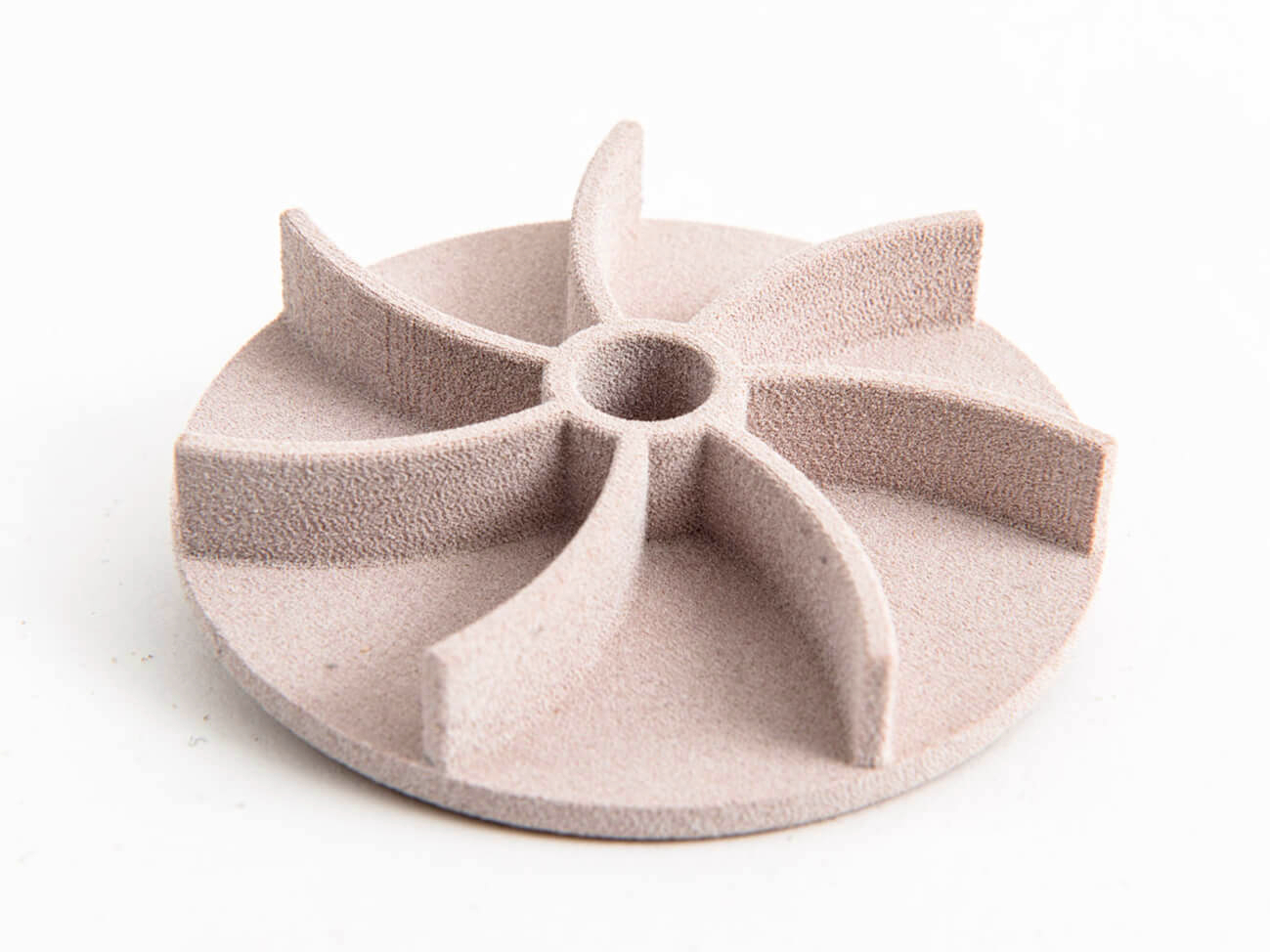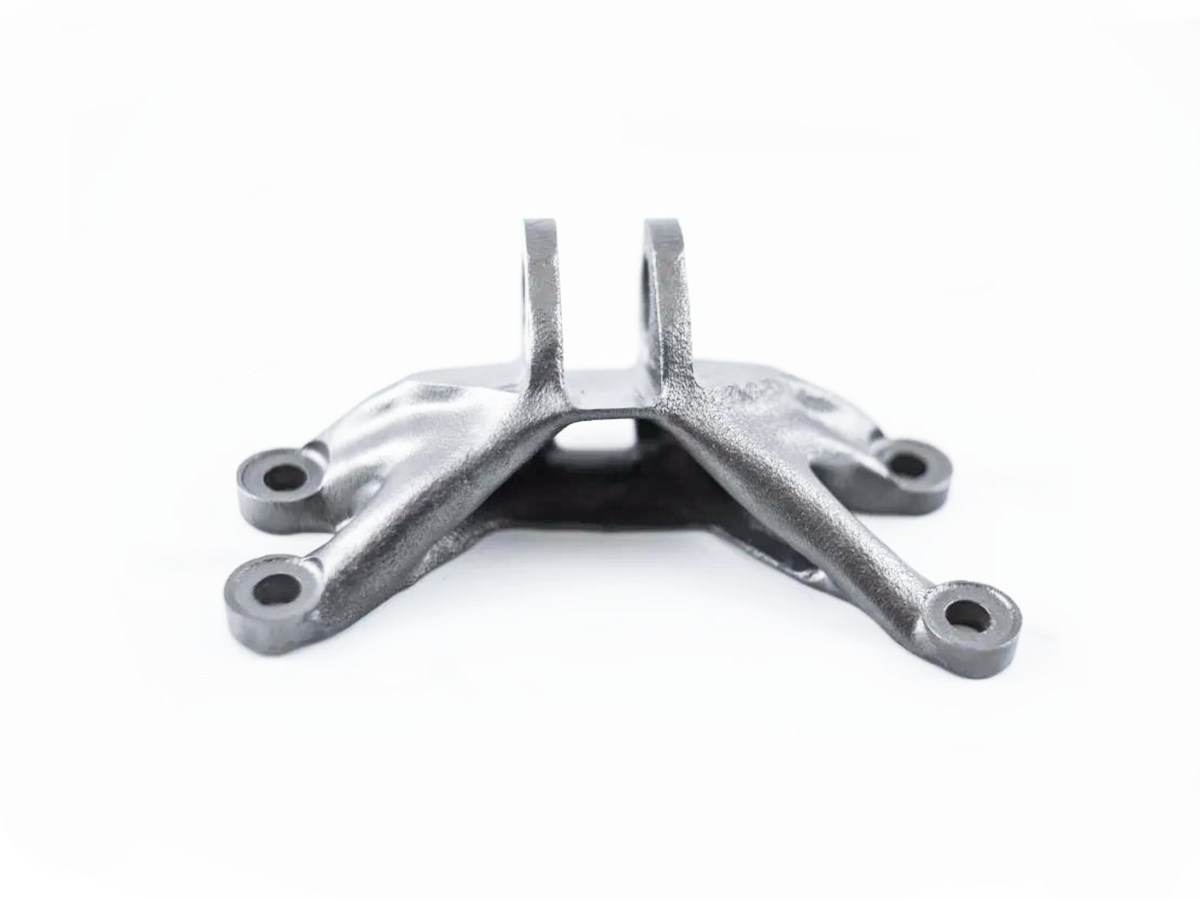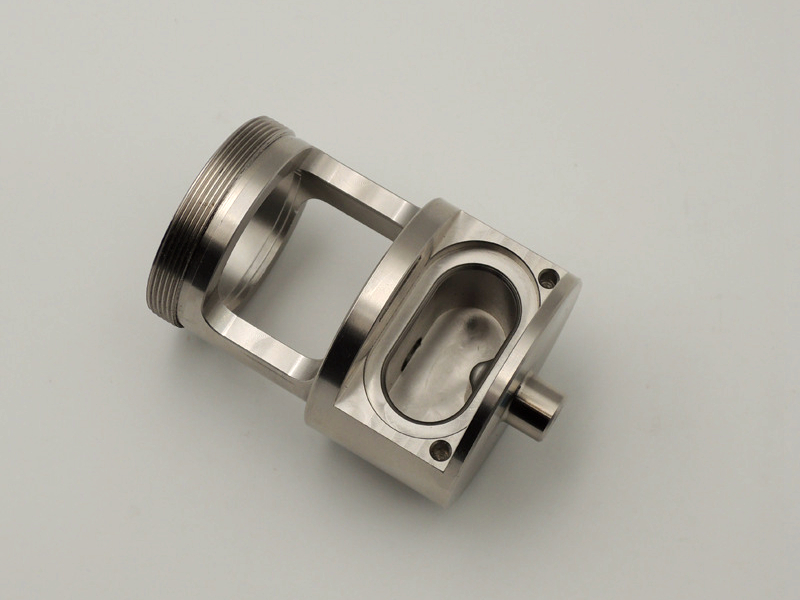Is DMLS suitable for large-scale mass production?
From a manufacturing and engineering perspective, while DMLS is a transformative technology for producing complex, high-value components, it is generally not the primary choice for large-scale mass production in the traditional sense. Its economic and logistical viability diminishes when directly compared to high-volume processes like mass production techniques such as injection molding, die casting, or stamping. However, DMLS is exceptionally well-suited for and is revolutionizing mass customization and the production of high-complexity, low-to-medium volume parts. Its role in a large-scale production context is often complementary rather than central.
The Challenges of DMLS for Mass Production
Throughput and Build Time: DMLS is a sequential layer-by-layer process. Building a full platform of parts can take dozens of hours, and machine costs are high. The "parts per hour" metric cannot compete with the "parts per minute" achievable with molding or casting.
Cost-Per-Part Economics: The combination of expensive metal powder, high machine amortization, significant energy consumption, and extensive post-processing results in a high cost per part. This is difficult to justify for a simple component that can be stamped for a fraction of the cost.
Post-Processing Bottleneck: DMLS parts require significant labor and time-intensive post-processing, including heat treatment, support removal, and often CNC machining for critical features. Scaling this for tens of thousands of identical parts creates a massive logistical and cost challenge.
Consistency and Qualification: While individual DMLS parts can be certified for critical applications (e.g., in aerospace), maintaining absolute consistency across millions of parts requires immense process control, which is inherently more complex than in a highly repeatable molding process.
Where DMLS Excels in a Production Environment
Despite these challenges, DMLS has carved out a crucial and growing niche in modern manufacturing, effectively creating a new paradigm for "production."
Low-Volume, High-Value Production: For industries like aerospace, medical, and high-performance automotive, where production volumes may be in the hundreds or thousands, and part complexity is high, DMLS is perfectly viable. This is often referred to as low-volume manufacturing.
Mass Customization: This is DMLS's strongest production use case. Manufacturing personalized medical implants, custom surgical guides, or bespoke consumer products is where DMLS shines. Each part can be uniquely tailored without the need for expensive tooling changes, making it economically feasible for one-off production at scale.
Complexity is Free: DMLS is ideal for producing parts with internal channels (conformal cooling), lightweight lattice structures, and consolidated assemblies. If a component's functionality relies on such complex geometry, DMLS may be the only viable production method, regardless of volume.
Bridge Production and Rapid Tooling: DMLS is excellent for producing functional prototypes and bridge production runs while permanent hard tools for injection molding or rapid molding are being manufactured. It can also be used to create conformal-cooled mold inserts that significantly improve the cycle time and quality of traditional mass production processes.
The Hybrid Future and Alternative AM Technologies
The future of large-scale AM does not necessarily lie with DMLS alone for all applications.
Hybrid Manufacturing: A more viable model for larger series is using DMLS to add complex features to a conventionally manufactured base. For example, a cast or forged part could have intricate DMLS-built features added, combining the cost-effectiveness of casting with the design freedom of AM.
High-Throughput AM Technologies: For larger production volumes of metal parts, technologies like Binder Jetting are emerging. These technologies offer significantly faster print speeds and lower cost-per-part, though they often require additional steps like sintering and infiltration, and may not match the material properties of DMLS.
Engineering Decision Matrix: Is DMLS Suitable for Production?
Scenario | Suitability | Rationale |
|---|---|---|
1,000,000+ simple brackets | Low | Stamping or casting is overwhelmingly more cost-effective and faster. |
50,000 complex fuel nozzles with internal channels | High | Part consolidation and performance justify the cost; volume is manageable. |
10,000 unique, patient-specific titanium implants | Very High | The epitome of mass customization; no tooling required for each variation. |
500 satellite components requiring extreme lightweighting | High | Low volume and high performance requirements align perfectly with DMLS strengths. |



